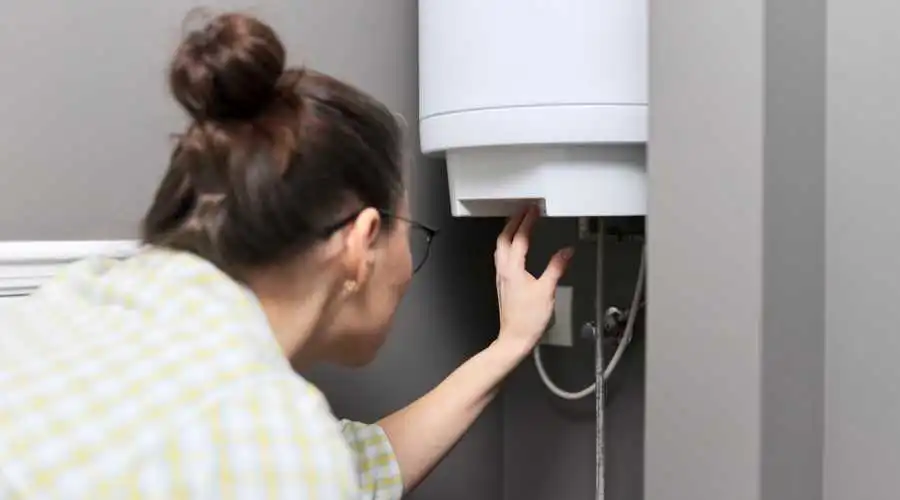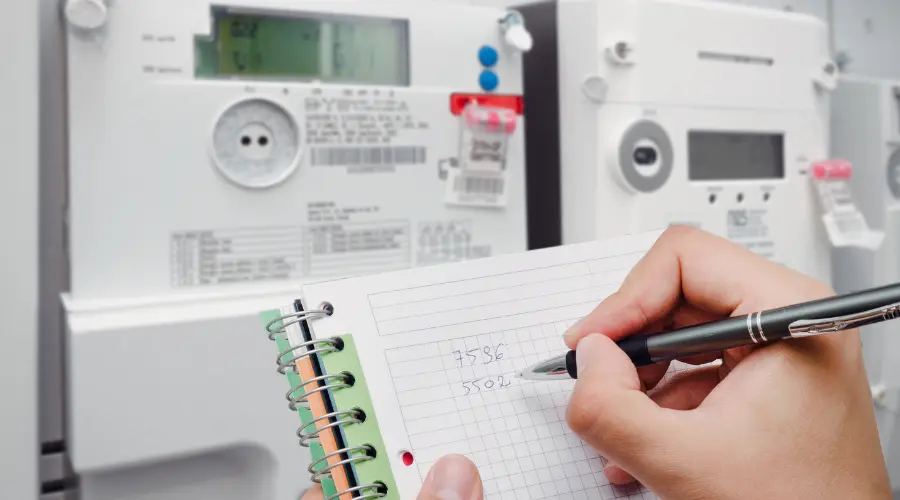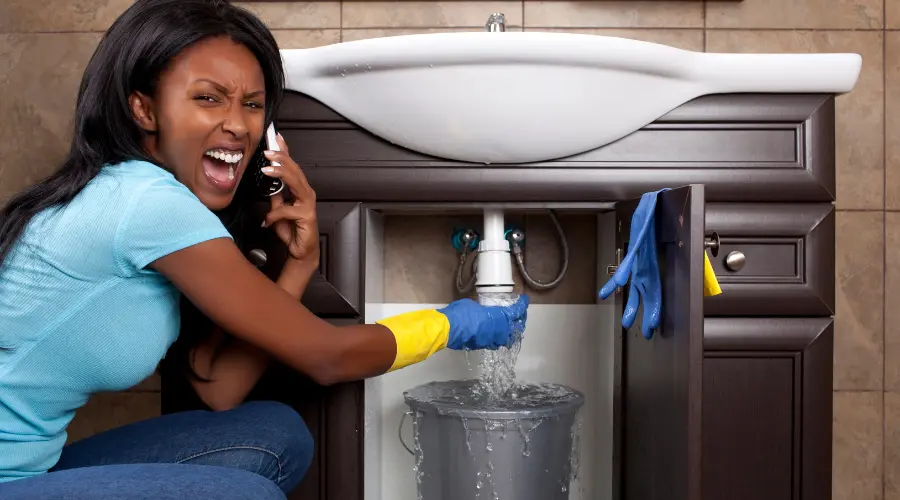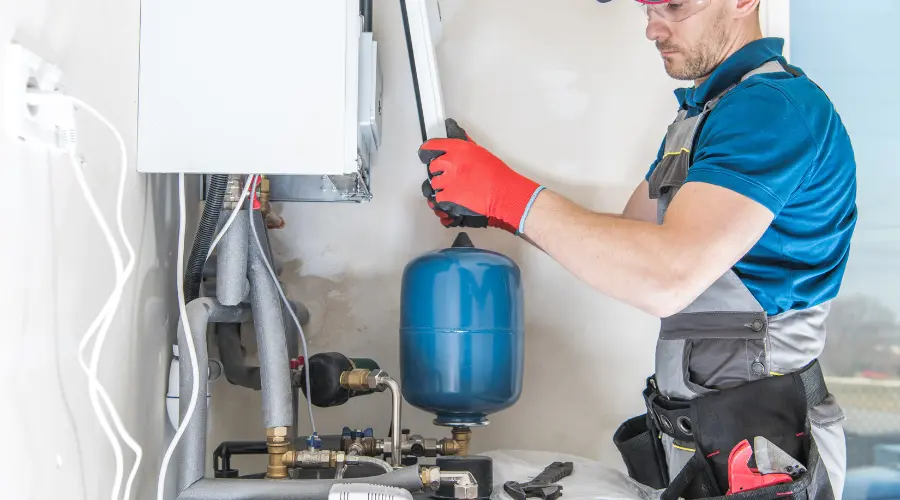As autumn ushers in cooler temperatures, our reliance on water heaters intensifies. Ensuring your water heater is in prime condition is essential for comfort and efficiency during these months. This comprehensive guide provides DIY maintenance tips to keep your water heater operating smoothly.
Key Takeaways
- Regular Maintenance: Performing routine maintenance tasks, such as flushing the tank and inspecting components, extends the lifespan of your water heater and ensures optimal performance.
- Safety Checks: Regularly testing safety features like the Temperature and Pressure Relief (TPR) valve is crucial to prevent potential hazards.
- Energy Efficiency: Adjusting the thermostat and insulating the tank can lead to significant energy savings.
DIY Water Heater Maintenance Tips
- Flushing the Tank
Over time, sediment and mineral deposits accumulate at the bottom of the tank, reducing efficiency and potentially causing damage. Flushing your water heater annually helps remove these deposits. Here’s how:- Turn Off the Power: For electric heaters, switch off the circuit breaker. For gas models, set the thermostat to the “pilot” position.
- Shut Off the Cold Water Supply: Locate the cold water valve atop the heater and turn it off to prevent more water from entering the tank.
- Connect a Garden Hose: Attach a hose to the drain valve at the tank’s base, directing the other end to a safe drainage location.
- Open the Drain Valve: Allow the water to flow out, flushing out sediment. Once clear, close the valve, remove the hose, and reopen the cold water supply.
- Restore Power: Once the tank is refilled, turn the power back on.
Regular flushing enhances efficiency and extends the heater’s lifespan.
- Inspecting the Anode Rod
The anode rod prevents tank corrosion by attracting corrosive elements. Inspecting it every two to three years is advisable. To do this:- Turn Off the Power and Water Supply: Ensure safety by disconnecting power and water.
- Locate the Anode Rod: Typically found on top of the heater. Consult your manual if unsure.
- Unscrew and Inspect: Using a socket wrench, remove the rod. If it’s heavily corroded or less than half an inch thick, replace it.
- Reinstall or Replace: Insert the new or inspected rod back into the tank and tighten securely.
A well-maintained anode rod can significantly prolong your heater’s life.
- Testing the Temperature and Pressure Relief (TPR) Valve
The TPR valve is a crucial safety feature that releases excess pressure from the tank. To test it:- Turn Off the Power and Cold Water Supply: Ensure safety before proceeding.
- Position a Bucket: Place a bucket under the discharge pipe connected to the TPR valve.
- Lift the Valve Lever: Gently lift the lever to release water. A proper valve will allow water to flow out; if not, it may need replacement.
- Release and Observe: Let go of the lever, and the flow should stop. If it continues, the valve might be faulty.
Regular testing ensures the valve functions correctly, preventing potential hazards.
- Adjusting the Thermostat
Lowering the thermostat by 10 degrees during cooler months can save energy without noticeable differences in water temperature. Ensure it’s set between 120°F and 140°F to prevent scalding and bacterial growth. - Insulating the Tank and Pipes
Insulating your water heater and pipes reduces heat loss, maintaining water temperature longer and improving efficiency. Here’s how:- Measure and Cut Insulation: Use a water heater insulation blanket and pipe insulation that fits your system.
- Apply Insulation: Wrap the blanket around the tank, avoiding the top, bottom, and areas like the thermostat and burner. Secure it with tape. For pipes, slide the insulation over the hot water pipes extending from the heater.Secure and Seal: Ensure all insulation is securely attached and sealed to prevent heat loss.
Proper insulation can lead to noticeable energy savings.
- Checking for Leaks and Corrosion
Regularly inspect your water heater for signs of leaks or corrosion, especially around connections and valves. Early detection can prevent more significant issues and costly repairs. - Inspecting the Venting System (Gas Heaters)
For gas-powered water heaters, a functional venting system is vital for safety and efficiency. Regular inspections can prevent dangerous carbon monoxide leaks. Here’s how:- Examine Vent Pipes: Ensure vent pipes are securely fastened and free from obstructions or damage.
- Check for Proper Ventilation: Confirm that the venting system directs exhaust gases outside effectively.
- Look for Corrosion or Rust: Inspect for signs of corrosion, which can indicate leaks or inefficiencies.
Regular maintenance of the venting system ensures safe operation and prevents potential hazards.
Need a Reliable Plumber in West New York?
Fast, Affordable & Professional Plumbing Services! Emergency Repair Leak Detection & Fixes Drain Cleaning & More Call Now: (201) 977 – 6775




